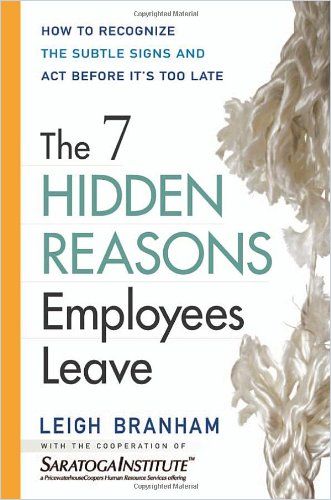Do Your Team Members Feel Safe Enough to Ask for Help?

“Most of our customers have been navigating through the uncertainty of working in the new hybrid workplace,” says my colleague Maria Alonso, customer success manager at getAbstract, when I asked her about the latest trends in workplace issues. “Unsurprisingly, ‘How to be a virtual manager?’ is one of the most frequently asked questions in recent months,” she adds.
Yes, leaders are now facing a completely new approach to teamwork and it can be very challenging. One of the most popular topics that has come up in team meetings, our customers say, is: How can team members ask for help? And both of the questions mentioned have more in common with each other than it seems at first glance.
Sure, there are many paradigms that keep people from asking for help. It can be a cultural issue for some; it can be related to the impostor syndrome for others; and even be fear of being perceived as incompetent. However, for Maria and me the real question behind both of them is:
How can you as a manager ensure you’re creating a psychologically safe environment for your team members so they can speak up for themselves and ask for what they need without fear?
To answer this question adequately, you need to answer a few other questions – or at least know which aspects of work-life are relevant to the subject. We have therefore compiled a few useful summaries, getAbstract theme channels and Journal articles for you.
1. Do Your Team Members Feel Safe?
This is a question you should always ask yourself, not just when you are struggling with problems in your team, but all the time. Teams in which there is safety are productive teams. Read everything you need to know about the topic in the following three articles:
2. Do You Foster an Open Team Culture?
Team cultures that are open – where problems are talked about instead of swept under the rug – make it easier for employees to open up and ask the right questions at the right time.

Hierarchical top-down cultures often make that impossible and have a few other disadvantages to boot. Read our interview with the authors of Courageous Cultures – one of our customers’ favorites of 2021 – and find out how you can make your team culture more open so everyone can have their say:
3. Does Anyone Feel “Incompetent”?
Good, you are maintaining an inclusive but internally open team culture – and yet colleagues don’t dare to speak out? Perhaps the employees in question suffer from the so-called “Imposter Syndrome”: They consider themselves insufficient, or overrated – and are afraid of “being exposed.”
This often affects even the best people, especially if they are rarely praised for achievements. So make sure you don’t take successes for granted, and give positive feedback when you think it’s appropriate. Read the following article, which, while targeted at employees who think they are “inadequate,” will give you some insight into this topic. Who knows, maybe you know the feeling from board meetings yourself?
4. Lead by Example
There are still plenty of managers and executives who think they are particularly strong and knowledgeable – and therefore never ask questions. If that’s the case, they shouldn’t be surprised when it rubs off on their colleagues and a culture of fear creeps in because everyone tries to come across as “infallible.”
This not only causes productivity in the team to plummet, but also leads to less innovation, higher staff turnover and more absenteeism. Therefore, ask (the right) questions! No method is easier to find good answers to pressing problems. Then, encourage everyone else to ask more questions, too.
5. What Happens if You Ignore All Tips Above?
The answer is simple: Your people will leave. Sooner rather than later. Because what’s happening on the job market right now plays into the hands of those managers who are focusing on safe team atmospheres, open cultures and more agile communication.
The following abstracts will help you identify important trends in employee retention and tell you how to act accordingly:
So with the few easy-to-implement tricks, you have the power to keep your people together and celebrate shared success – on a large or small scale.



















